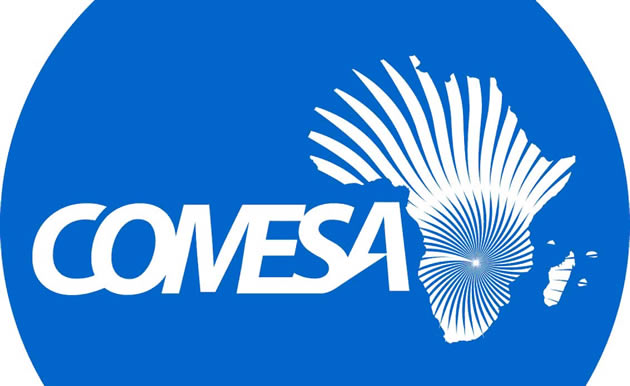COMESA economies remain robust

 Business Reporter
Business Reporter
The Common Market for Eastern and Southern Africa region has remained the fastest growing economic bloc in the world with five of its member states recording growth levels of between 5 and 10 percent in the year 2015, according to the latest Comesa Macro-economic report. The Democratic Republic of Congo, Djibouti, Ethiopia, Kenya, Rwanda and Uganda were the countries that recorded convincing growth levels.
Despite the robust growth recorded in some economies, the overall growth in Comesa region in the year 2015, dropped to 6 percent from 6,5 percent in 2014 as a result of weaker global demand and lower international commodity prices. The report said the growth recorded was supported in most of member countries, by increased private consumption and investment.
Among the 51 African countries evaluated on the conditions of doing business, Kenya, Uganda, Rwanda, Seychelles and Mauritius took the lead. “The drop in commodity prices was attributed to weaker growth in China and its transition from investment and exports of industrial goods, towards consumption and services.
“Thus trade with China registered the largest deficit with a value of $ 24 billion, followed by European Union with $21 billion, India $9 billion and South Africa $ 5 billion,” said the report.
In addition, intra-Comesa total exports declined by 8 percent from $ 9,2 billion in 2014 to $ 7,6 billion in 2015. The report showed that savings rate in most Comesa member countries were below 20 percent of the Gross Domestic Product.
“This resulted from the fact that a large proportion of the population was not connected to the financial system and therefore had no access to savings instruments. “It is necessary to generate an adequate level of domestic savings in order to ensure higher level of sustained investment,” the report said.
The average overall investment, as a percentage of GDP in Comesa, increased marginally to 26,3 percent in 2015 from 24,6 percent in 2014. A number of Comesa member countries recorded investment performance of less than 20 percent of GDP. Region-wide, inflation increased marginally to 6,8 percent in 2015 from 6 percent in 2014.
The report noted that lower global oil prices and the continuing fall in food prices as well as prudent monetary policies contributed to the single digit inflation in most member countries. However, currency depreciation in the wake of lower commodity prices increased the risk of inflation.
Some countries experienced increase in annual inflation rate due to exchange rate depreciation hence monetary policies in most member countries focused on controlling inflation. The region further recorded significant depreciation of currencies owing to widening current account deficits.
The deficits resulted from persistent trade imbalances and in some cases late disbursement of external aid flows. High public sector demand for foreign exchange to finance big public investment projects, a strong dollar and high demand for foreign exchange from the local corporate sector also led to the depreciation.
The countries whose exchange rates were under pressure, responded by tightening monetary policy.
The intergovernmental committee recommended among other things that countries undertake continuous improvement in political and economic governance, and economic management to enhawnce productivity in sectors where individual member countries had comparative advantage. Further, it recommended that countries need to accelerate regional integration and enhance the implementation of the Tripartite Free Trade Area arrangement, to boost intra-regional trade in manufactured goods.











Comments